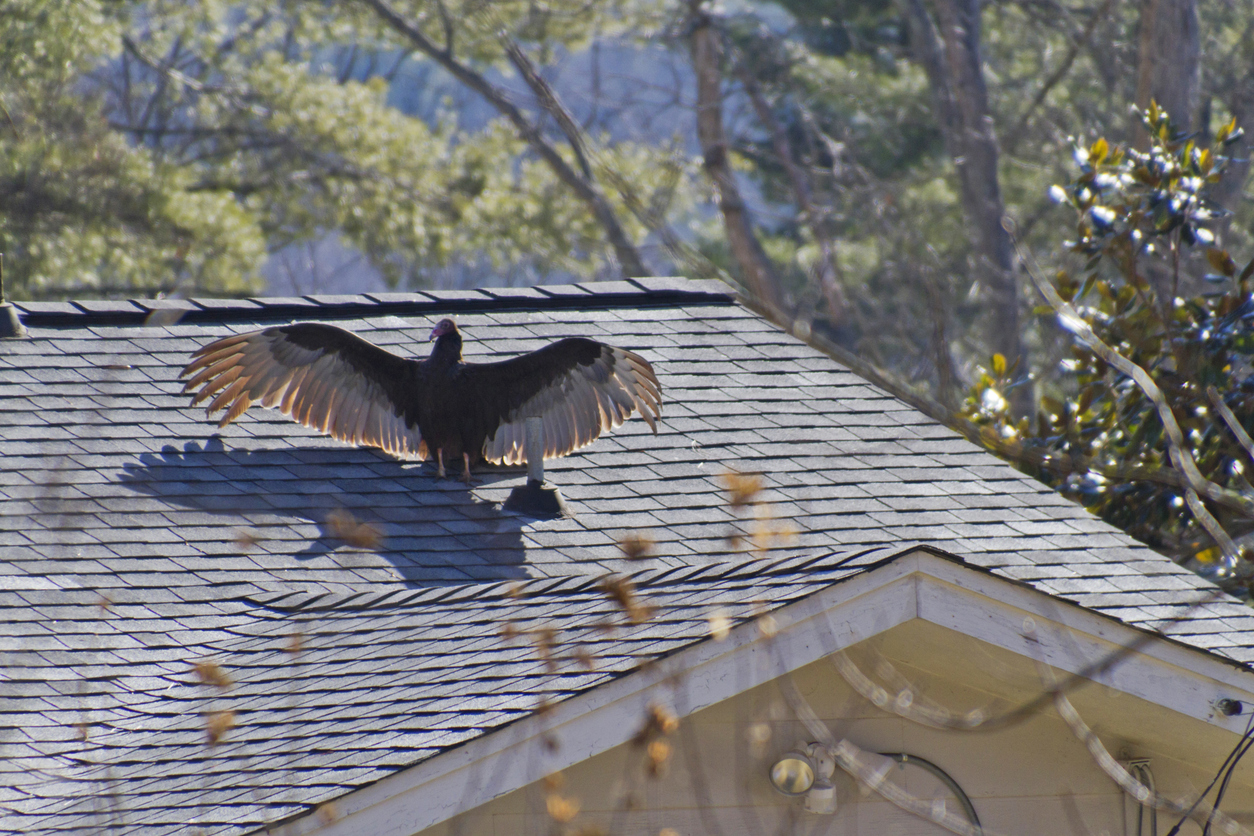This year’s wildfire activity in the western part of the country, including the states along the Pacific Coast, has been very active to say the least, and it’s still early in the wildfire season. The Taylor Bridge Fire, near Cle Elum Washington (75 miles southeast of Seattle), has burned 60 homes and over 26,000 acres. The Barry Point Fire in Oregon has burned 94,000 acres and threatens 200 structures. In California, the Chips Fire in Plumas National Forest (about 120 miles north of Sacramento) has burned over 47,000 acres, threatens more than 900 homes, and has prompted mandatory evacuations. All of these wildfires have been burning for over a week and have not yet reached full containment.
State agencies have taken notice and have provided tips to insured property owners who are affected by wildfires.
The Washington State Insurance Commissioner offers this helpful advice:
- Contact the insurer as soon as possible to start the claims process
- Ask the insurer what documents, forms and data is needed to file a claim
- Keep a log of all conversations with the insurer involving the claim
- Save all receipts for additional living expenses
- Take photographs and videos of any damage
- Put together a home inventory, especially a list of valuables
The California Insurance Commissioner issued a press release reminding wildfire evacuees to check their insurance policies because their insurer may cover additional living expenses (ALE) due to mandatory evacuations. ALE coverage typically includes costs associated with hotel stays and meals, relocation, storage, and additional transportation expenses.
California’s wildfire season typically ramps up in September and October when fires are fanned by strong Santa Anna winds. According to experts who monitor the state’s wildfire potential, this could be a severe fire season. It is important for all homeowners who live in areas susceptible to wildfires to make sure they are adequately insured and to have a plan of action in the event of an evacuation.



